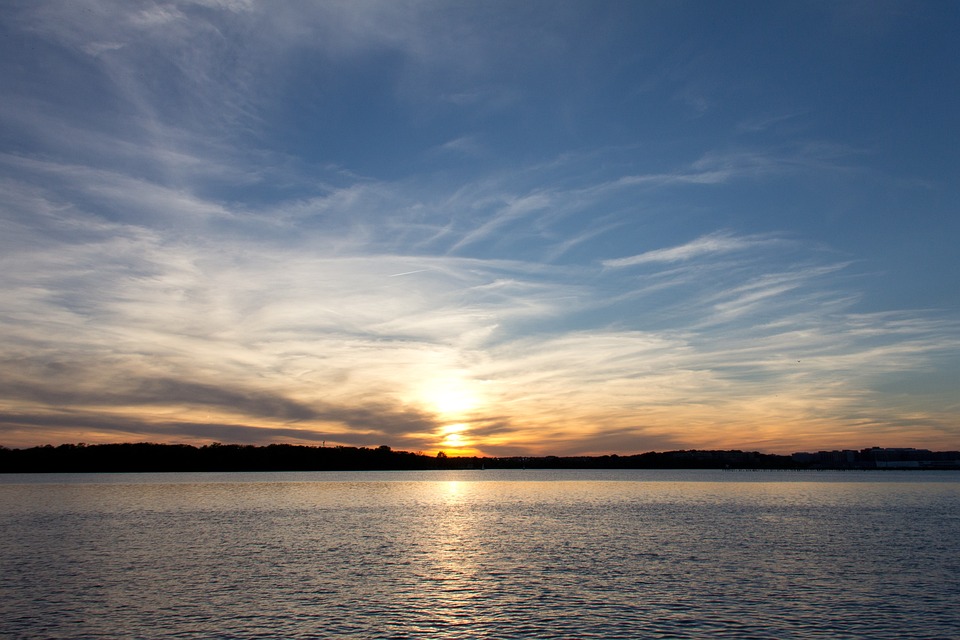Ninety-seven percent of the earth’s water is salt water found in oceans and seas but less than 1 percent is available for human use. Water plays a big role in supporting our communities. Without water there would be no local business or industry. Firefighting, municipal parks, golf courses, and public swimming pools all need lots of water. An array of pipes, canals, and pumping stations managed by our public water systems are needed to bring a reliable supply of water to our taps each day.
Where does all this water come from? It starts out as rain or snow and flows into our local lakes, rivers, and streams or into underground aquifers. Almost 70 percent of the Earth’s surface is covered by water. Maryland’s central and western counties rely heavily on surface water to meet demands and the eastern and southern counties depend upon groundwater aquifers for their public water supplies. Our Poolesville water comes from the Piedmont Aquifer.
Aquifers—geological formations of porous rock, soil, or sand saturated with ground water—are among Maryland’s most vulnerable freshwater resources. Excessive demand may increase withdrawals to the point where water is being pumped at rates faster than the aquifers can be recharged by annual rainfall and groundwater flow.
Recent analyses show Maryland’s aquifers declining at an average rate of 1 to 2 feet per year, and projected demand could increase that number to 4 feet. This rising demand could deplete water levels and create water quality concerns, such as saltwater intrusion or pollutant concentrations.
At least 40 states expect local, statewide, or regional water shortages to occur over the next several years. Each American uses an average of 82 gallons of water each day at home. All Americans should understand the importance of water efficiency and take positive actions to reduce their unnecessary water use – in their homes, outdoors, and at work. We can all reduce water use by 20 percent by installing water-efficient fixtures and appliances. Small leaks can use 5 gallons of water each day, and 5 to 10 percent of US homes have easy-to-fix leaks that drip away 90 gallons a day or more. Don’t run the tap while you’re brushing your teeth and limit the amount of time you spend in the shower. Dispose of toxic substances like batteries and medications properly so they don’t contaminate the ground water. Every drop of water counts, so do your part to reduce water consumption.

